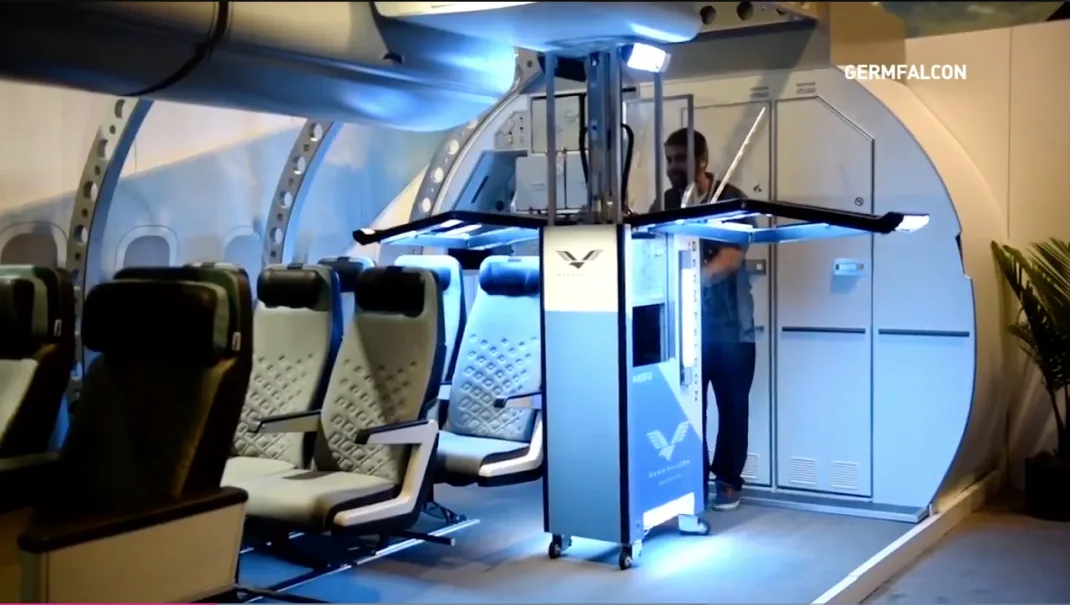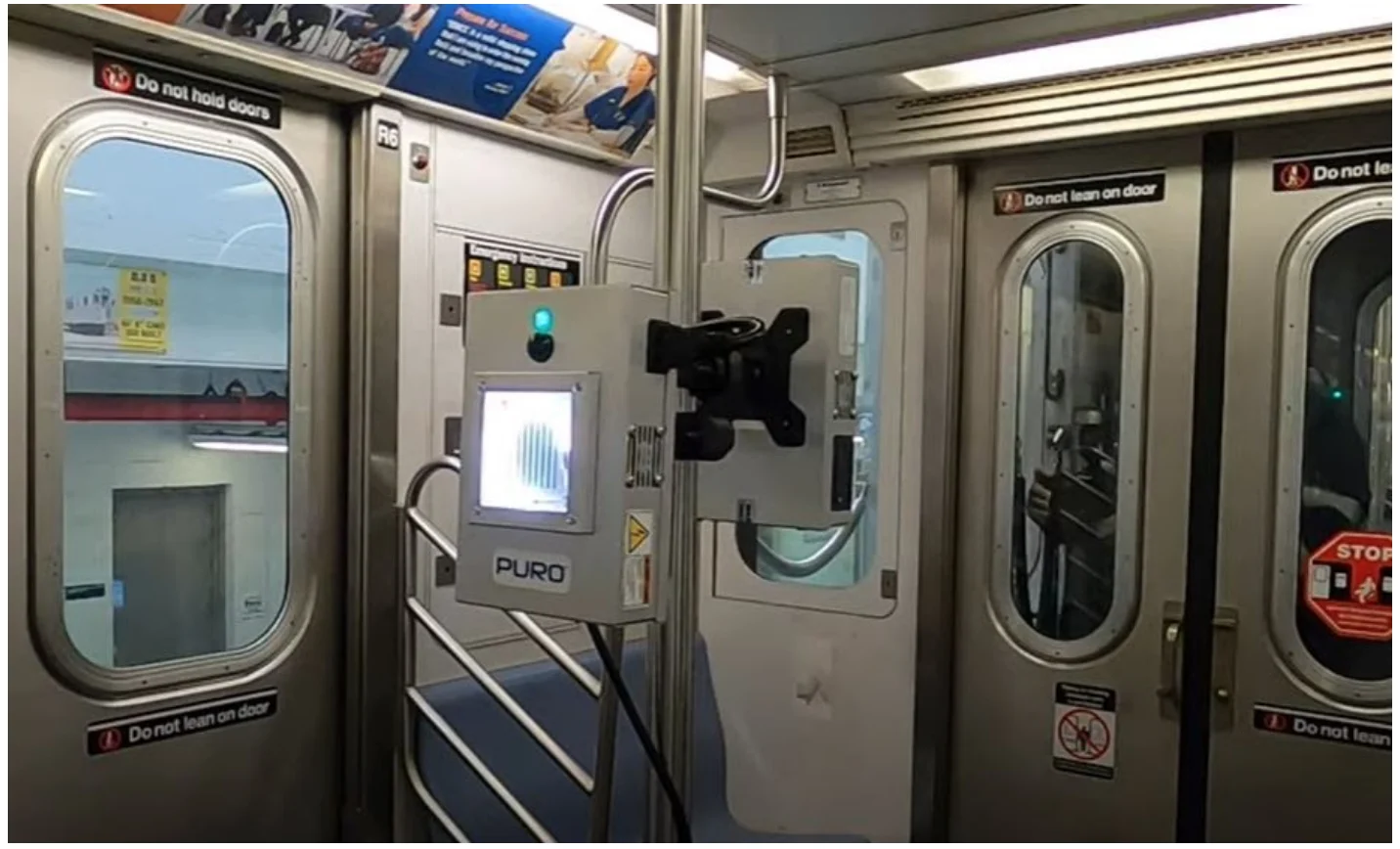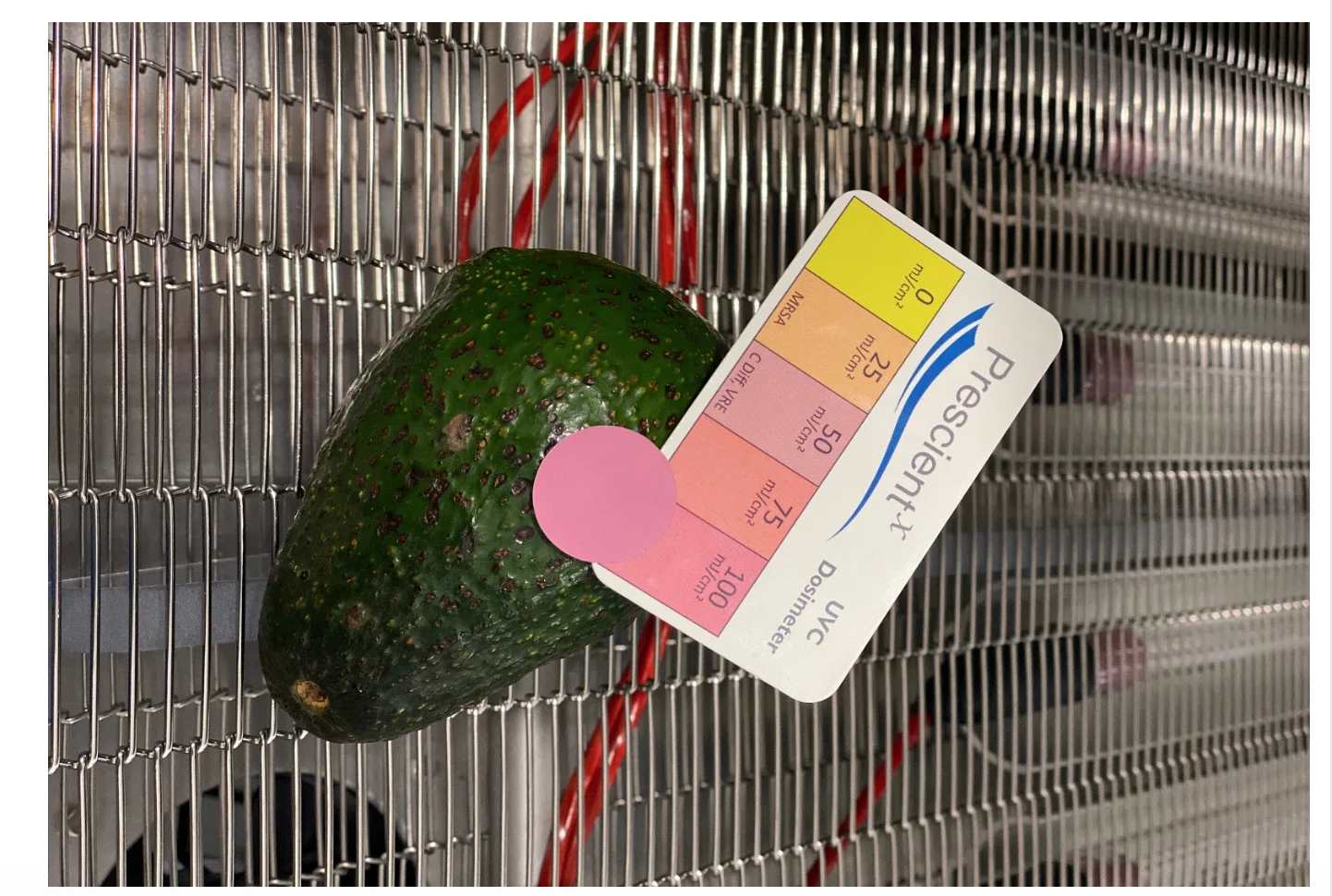
UV-C Light: It kills COVID and it’s being used in Canada
How ultraviolet light could help stop the spread of COVID-19
Radiation so powerful it warps the structure of a virus. As the particle gets broken apart, it is unable to replicate and essentially is killed. This is how scientists expect COVID-19 to react when exposed to UVC light.
This short wave light is another method people are using in order to disinfect during a pandemic.
Go here for our complete coverage of the COVID-19 pandemic
“UVC light can kill viruses,” says Ronald Hofmann from the International UV Association. “Applying a high enough dose to the virus [will make cleaning efforts effective]. And also ensuring that the virus is in the direct line of sight of the UVC source,” Hoffmann adds.
WHO IS USING UVC LIGHT TO DISINFECT?
While various companies around the globe are testing and using this light, here are three examples of where this light could be useful:
On an airplane
Germfalcon is the first UV-C light system designed specifically for airplanes. It claims their UVC light trolly can clean a 30 row aircraft in just 3 minutes.
WATCH BELOW: DEMAND FOR UV AIRPLANE CLEANER SKYROCKETS AMID COVID-19 PANDEMIC
In the grocery store
Xgerminator launched during this pandemic and uses UV-C light provided by Prescient a company based in Cambridge, Ontario. The Xgerminator has been tested in select Toronto grocery stores as a way to ensure customers that their groceries are virus free before being brought into their home.
On public transit
In New York City, UV-C light is being tested in order to clean subway cars and buses. The company Puro is supplying the light. The disinfecting will happen overnight when the cars are not in service.

Courtesy: Metropolitan Transportation Authority (MTA)
IS UV-C LIGHT SAFE?
The city of Winnipeg has been using UV-C light to disinfect its water since 2006 and it has been part of the food industry for over 50 years.
“UV-C is perfectly safe for food in the sense that there is absolutely no leftover ‘bad stuff’ on the food after exposure,” explains Hofmann. “There are no side-effects. The food won’t be damaged at the doses that would be applied.”
The Xgerminator uses UV-C light directly on food and is constantly testing for effectiveness. In the image below you will see an avocado with a test sticker. This sticker changes colour according to the amount of UV-C light it receives. The scale shows this product has received 100 millijoules per cm squared of UV-C light after going through the scanner -- 50-75 millijoules per cm squared is enough to inactivate a virus.

Courtesy: Dara Gallinger, Cofounder of Xgerminator
Since the use of UV-C technology is increasing so quickly during the pandemic, there are no mandatory or uniform safety practices in place.
There has also been a surge in at home UV-C cleaning devices. The light is safe when used correctly, improper use can be harmful.
“Since UV-C has the potential to be dangerous due to eye damage, skin damage, or lung damage due to ozone that can be produced by UV devices, we urge people to be cautious in using UV devices,” says Hofmann.
He also adds, “Our message is that UV-C consumer products are new technologies and there are, at present, no recognized standards or certifications -- or even industry best practices for these devices. As such, it’s completely buyer beware”.
DOES THIS MEAN THE SUN CAN DISINFECT?
While the sun does emit UV-C light, it does not reach Earth. Essentially the ozone layer blocks UV-C light from reaching our planet. We only experience UV-A and UV-B, which do not have the same disinfecting power as UV-C, especially when it comes to COVID-19.
For more information on the safety around UV-C light, click here.
